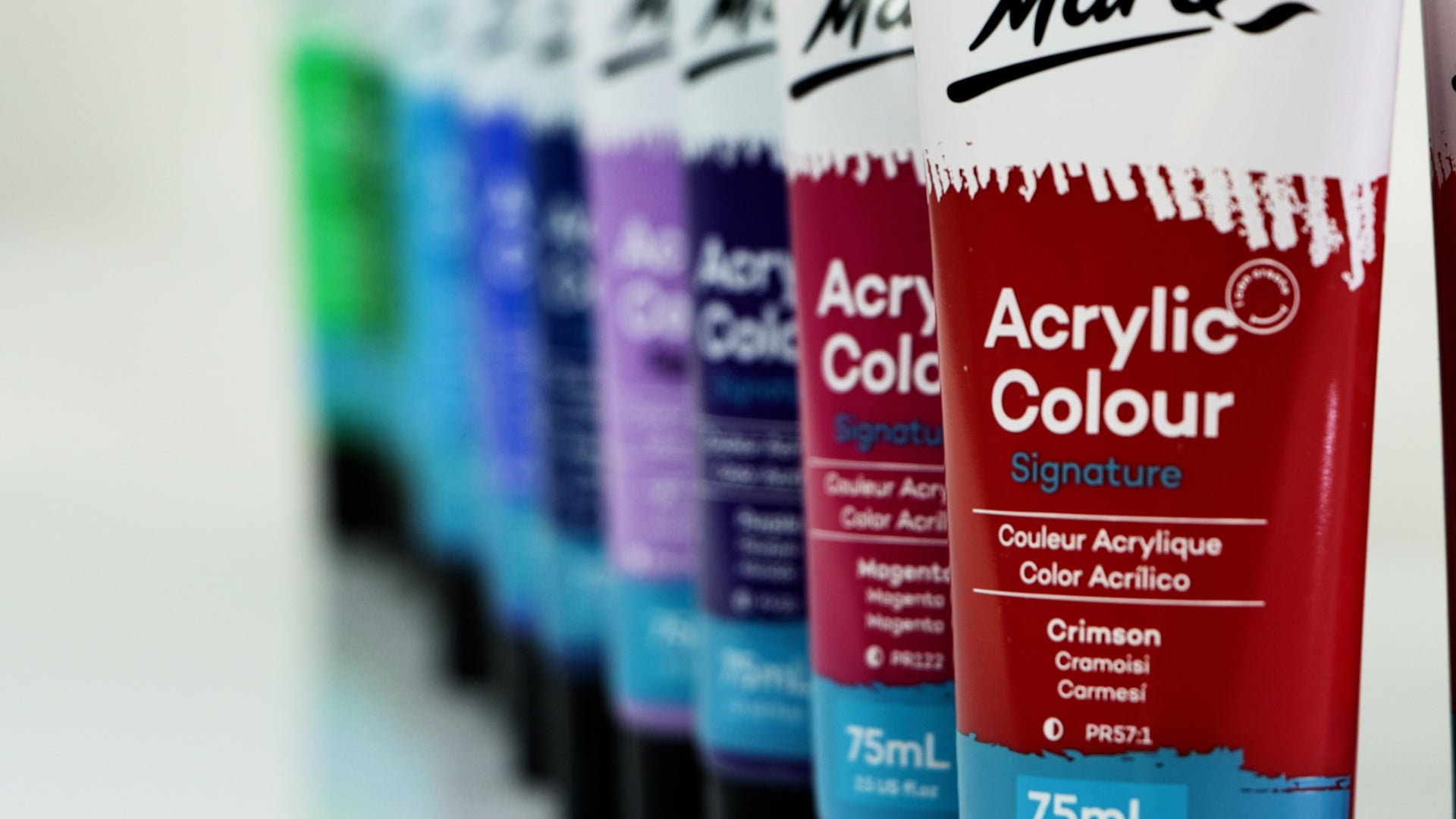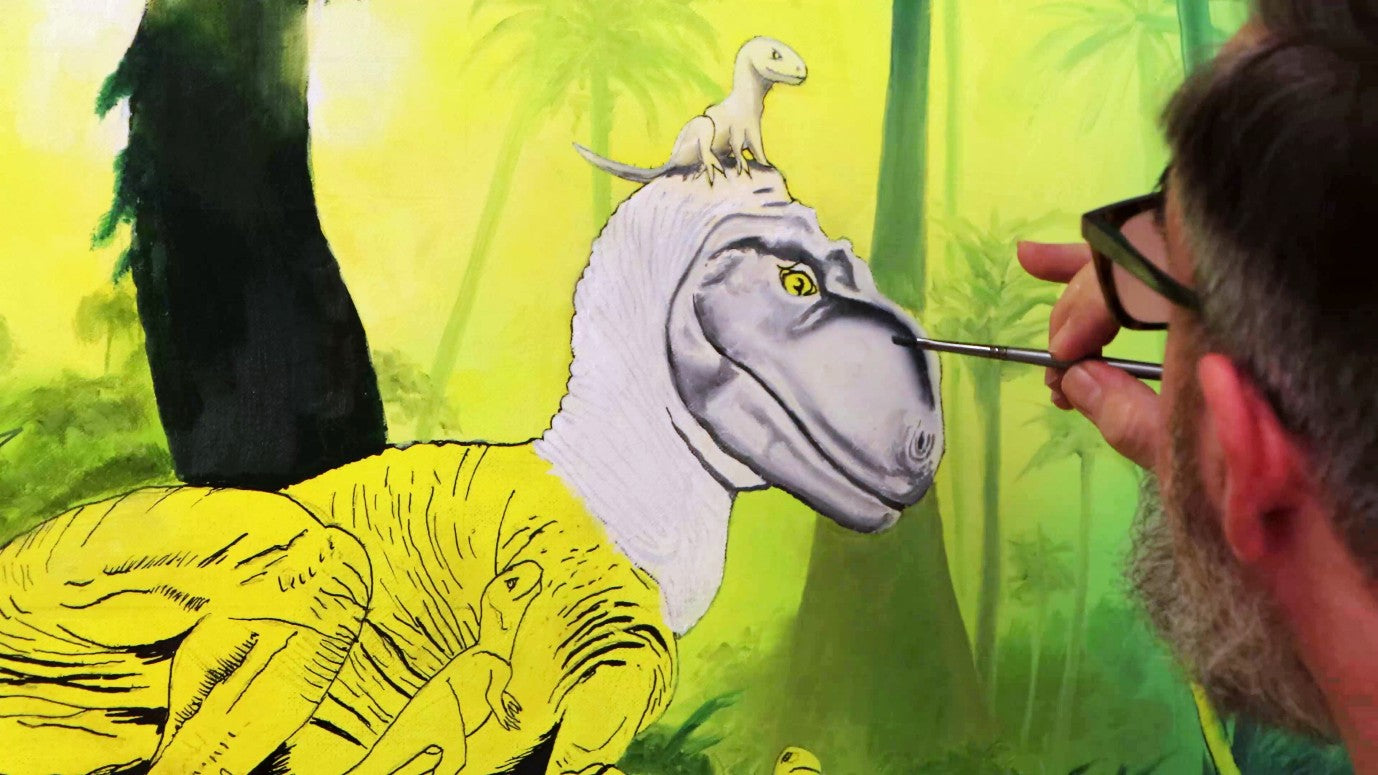Let’s dive into the basics of acrylic painting by answering some commonly asked questions. From the consistency of our different paints to what makes each white shade unique, we’ve got stacks of useful info to help you create with confidence. Read on to learn more!
1. Can you use acrylic paint on fabric?
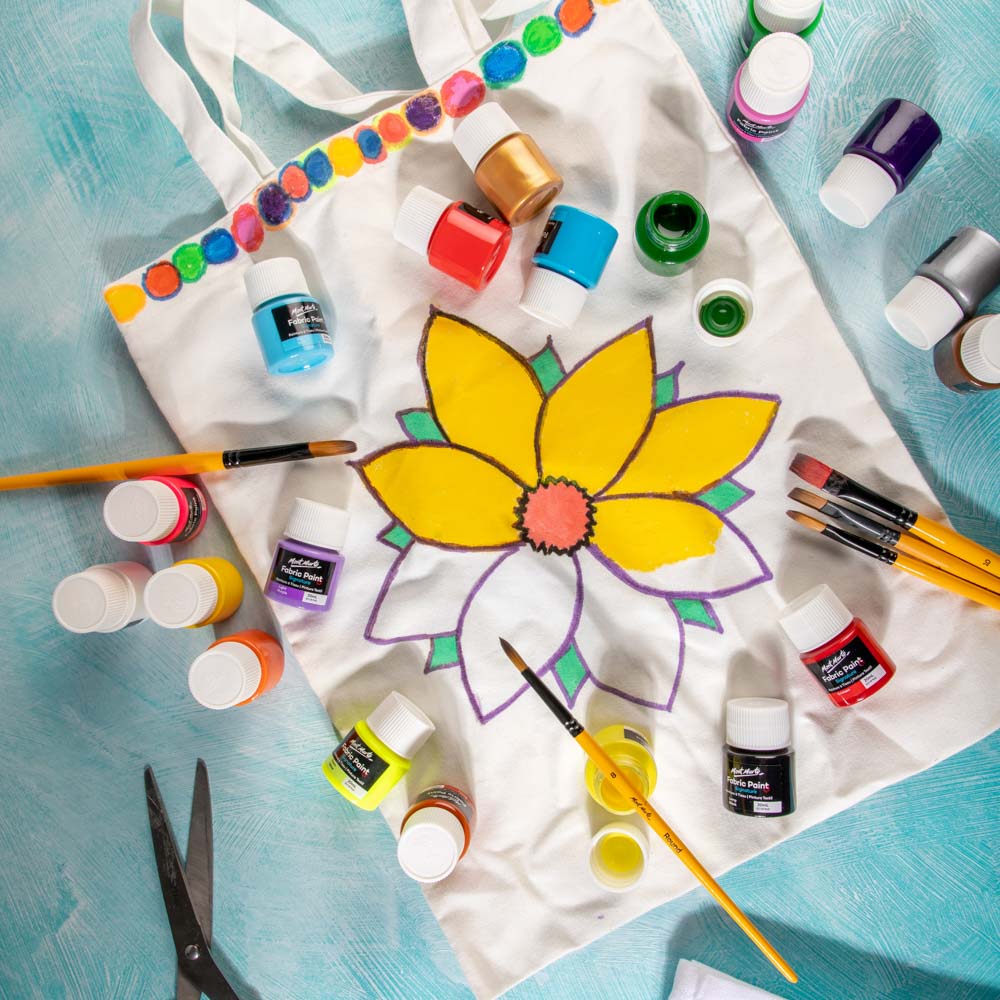
Our regular Acrylic Paints can be used on most types of fabric, but they’re not machine washable. If you want a machine washable paint, we’d recommend giving our Fabric Paint Set a go which is specifically designed for use on textiles.
You can also make our acrylic paints ready for use on fabric by mixing them with Fabric Medium. This medium makes the paint dry more flexible, so it moves with the fabric and prevents flaking. Just use a 1:1 mixing ratio and you’re ready to upcycle your textiles!
Whether you’re using fabric paints or our Fabric Paint Medium, place a cloth over your designs once they’re dry and iron for 3-5 minutes at 100°C to fix. When washing, turn your garment inside out and use a gentle, cold cycle setting. This will keep the paint vibrant for longer.
2. Are acrylic paints toxic?
Our acrylic paints are not considered to be toxic. They have undergone a risk assessment and were labelled non toxic under conditions of normal use.
You can find SDS information for relevant supplies on our website product pages, or on request by getting in touch with our customer service team.
3. What do acrylic mediums do?
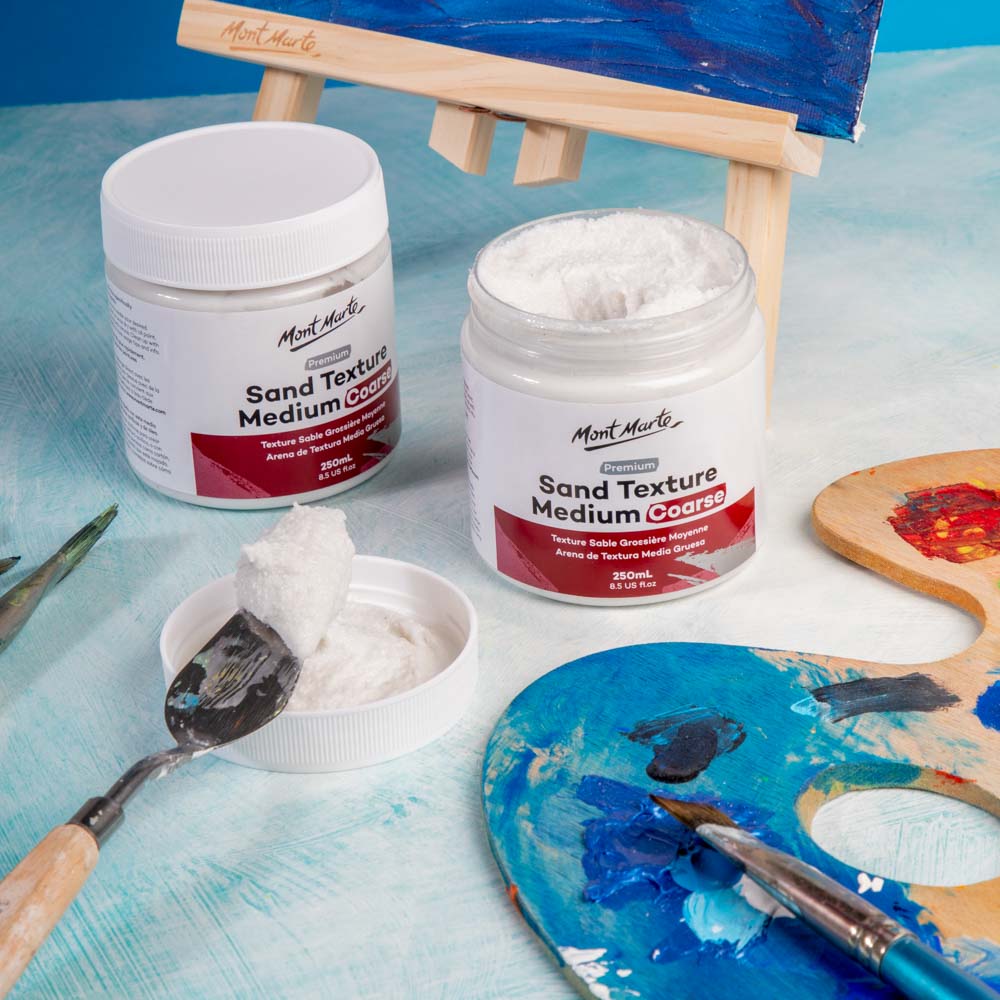
Art mediums can be mixed with acrylic paints to change their consistency, finish, and drying time. Mixing acrylic paint with medium increases creative freedom as you can achieve loads of different effects with one base product.
Impasto can be used to thicken your paints for defined brushstrokes and texture. It doesn’t change the hue of your paints, so the colours stay vibrant for bold impasto effects. We also have Dimension Acrylic paints that are made with an ultra-thick formula for textured results.
Try mixing Modelling Paste with your paints to create thick, pastel paints. The paste has an opaque white finish, so it transforms your paints into softer, pastel tones as they’re mixed.
For more unique effects, why not try out Sand Texture Medium? This can be mixed with your paints without changing their colour to add a coarse, grainy texture that’s perfect for creating stone-line dimension. It’s a great medium for landscape, abstract, and texture-filled artworks.
If you need to thin paint, you can try mixing acrylic paint and water or using a medium. Our Acrylic Flow Medium increases the translucency and flow of acrylic paints without losing their colour intensity. We also have Gloss and Matte Acrylic Mediums that increase paint flow for glaze washes and watercolour effects.
Acrylic paint is fast drying, but you can increase the drying time by using an Acrylic Retarder. This helps keep your paint wet for longer for smooth blending effects on the canvas.
Finally, you can mix acrylic paint with Pouring Medium so it’s ready to use for fluid art. This will increase paint flow and transparency, drying transparent so your colours stay bright. For best results, mix your acrylic paints and the medium until they reach the consistency of pouring cream.
4. How to change matte paint to gloss?
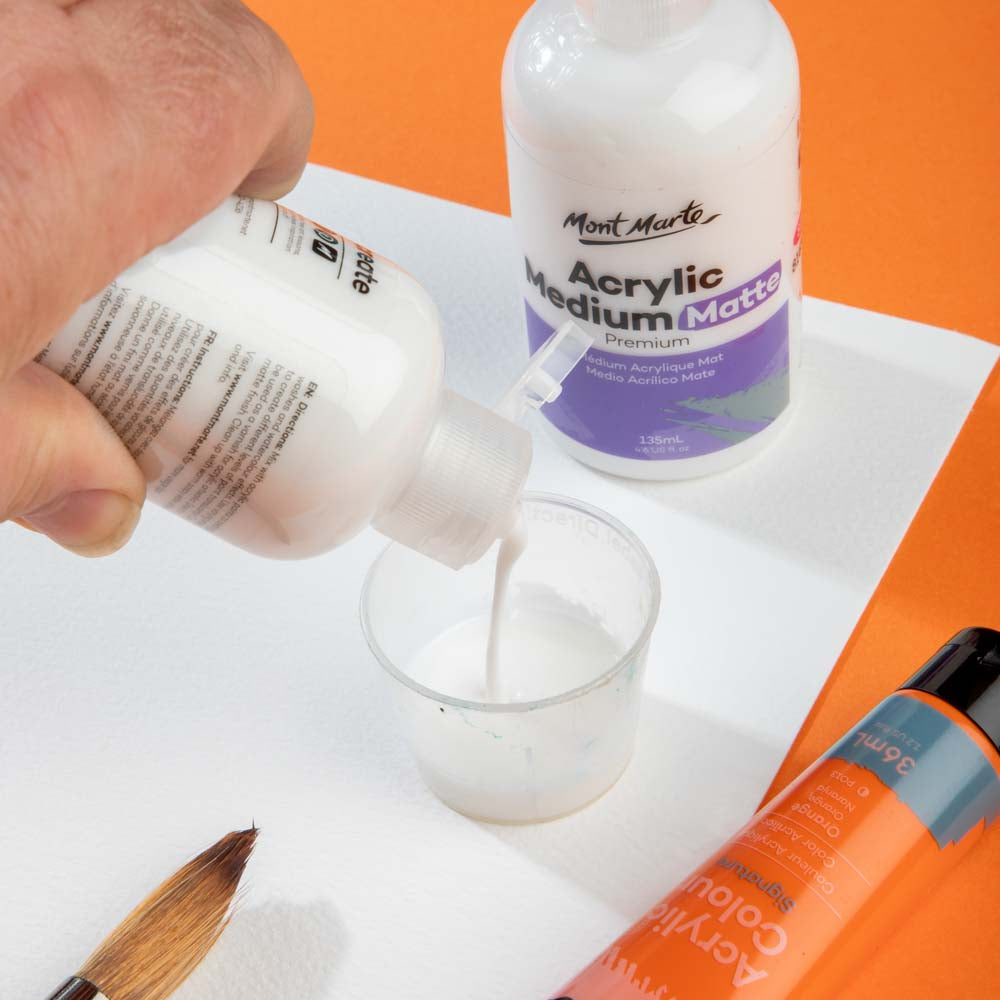
Our acrylic paints generally dry to a semi-matte finish. If you want them to dry glossy, try mixing them with a gloss medium, such as our Gel Medium Gloss or Acrylic Medium Gloss. The Gel Medium Gloss has minimal effect on your paint viscosity, improving flow and shine without thinning the paint. The Acrylic Medium Gloss thins the paints for watercolour and glaze effects, drying to a gloss finish.
You can also use our Gloss Acrylic Varnish to change the finish of your paints once they’re dry. Simply apply it with a soft taklon brush to protect, seal, and add a glossy coat to your finished artwork.
5. Can you use acrylic paint with an airbrush?
Our acrylic paints can be thinned for airbrushing; however, the opacity of the colours may be compromised. Our Satin Acrylics have the highest pigment saturation, making them the best fit for airbrushing as they will dilute the least. We recommend using acrylic paint thinner, also called acrylic airbrush paint reducer until the mixture flows like milk.
The coat from an airbrush is thin compared to paint brush strokes. To increase opacity and make your colours stronger, apply multiple coats, allowing the previous layer to dry before the next coat is applied. Continue this process until the desired opacity has been reached.
6. Can you use acrylic paint on clay?
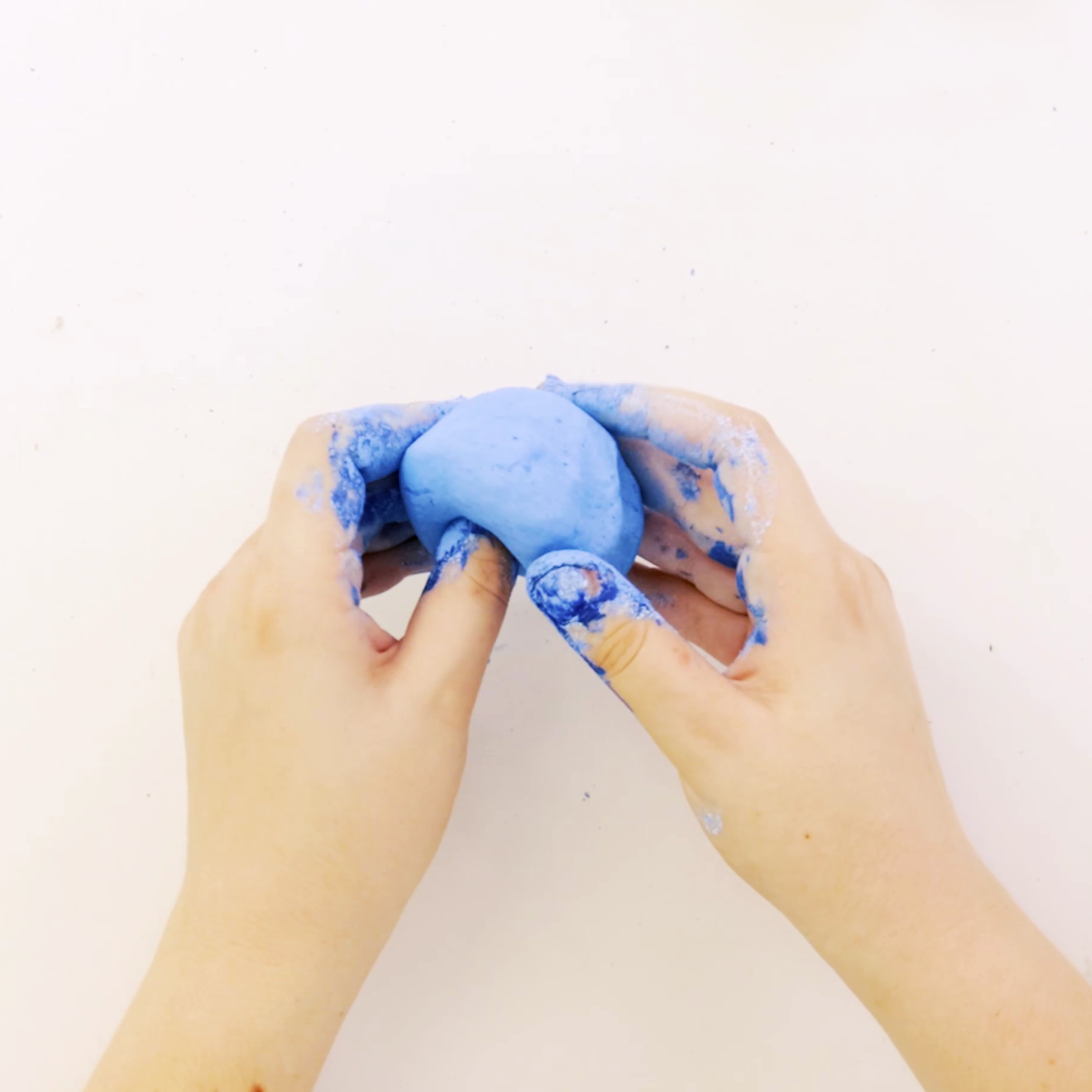
Acrylic paints can be used on cured Polymer and Air Hardening clays. Once the clay is completely dry and hard, simply brush your paint on to add colours!
You can also mix acrylic paint into your Air Hardening clay while wet to change the colour of the clay itself. We’ve got a video you can check out to learn more about it!
7. Best surface to paint acrylic on?
For permanent acrylic paint results, it’s best to use porous surfaces such as canvas, wood, air-dried clay, plaster, cardboard, and paper. Porous surfaces help the paint pigment bind more strongly, so the colours stay for longer.
For more temporary options, try non-porous surfaces such as glass, some plastics, and metal. These smooth surfaces make it easier to clean the paint off, but we recommend test patching first to make sure the paint comes away easily.
8. What makes the best cells in acrylic pouring?
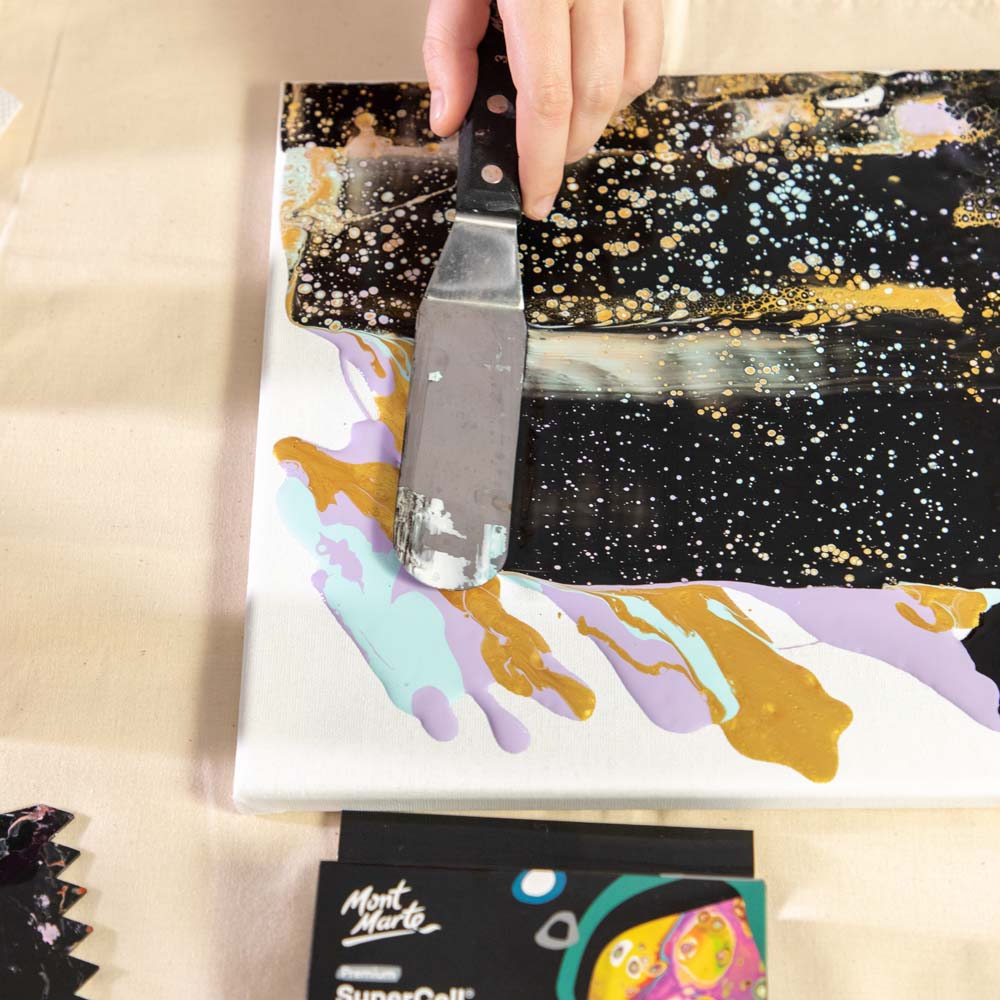
Our SuperCell Pouring Paints are premixed so creating amazing cells is made easy. They have a unique formula that forms cells when colours are layered and overlap, for unique and striking results.
If you want to mix your own pouring paints, Silicone Oil is the key to making cells. Mix a maximum or 2-3 teaspoons into 200mL of pouring paint for the best results.
9. Is acrylic paint water-resistant?
Our acrylic paint is water-resistant once dry. It’s a good idea to paint a minimum of three coats, drying between each layer, if keeping the artwork outdoors. Varnishing also adds extra protection for paint exposed to water.
10. Can you use acrylic paint on ceramic?
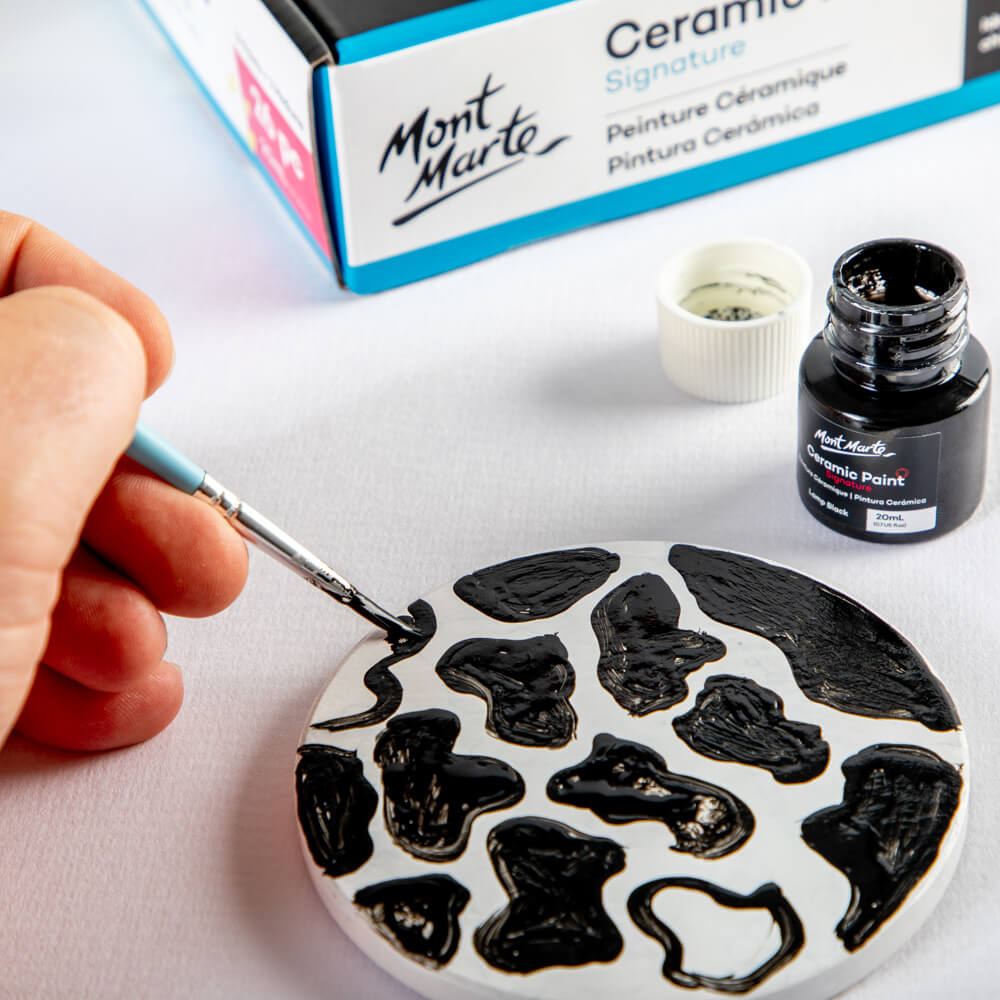
As ceramic surfaces are generally smooth, regular acrylic paints may struggle to bind strongly and stay fast. You can use them, but it’s best to be careful with the ceramic after painting to protect the paint. Make sure you clean the ceramic before painting with isopropyl alcohol or methylated spirits, so the paints key better.
We also have a range of Ceramic Paints that are ideal for longer-lasting results. Once you apply your designs, simply bake the ceramic for 30 minutes at 140°C to fix the paint. Avoid washing for 24 hours and only wash gently by hand after that.
11. Difference between Titanium White and Chinese White?
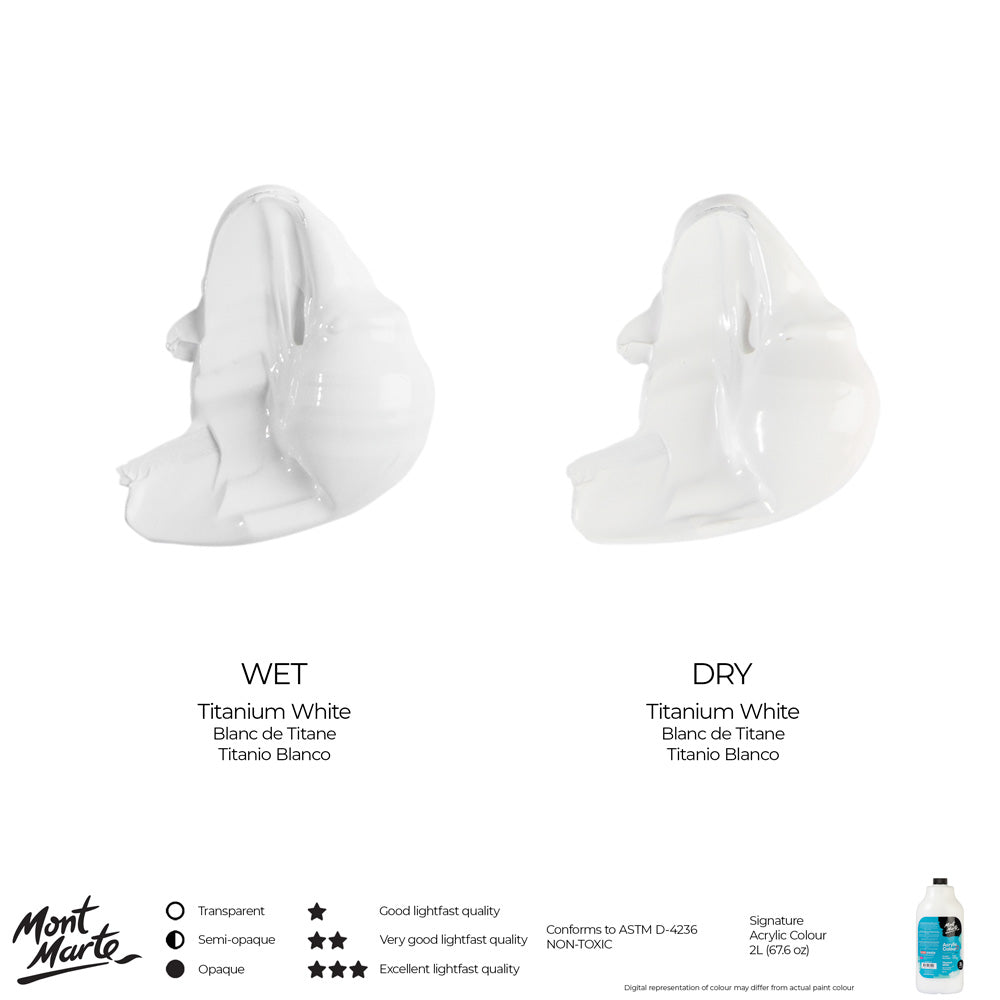
We actually have three kinds of white in our arsenal for precise colour mixing options. Chinese White is a neutral white (not too warm and not too cool), with a slight pale green hue to it. It’s used to create pastel tones and increase opacity within a colour. It’s less opaque than Titanium White, but more opaque than Zinc White.
Titanium White is the purest white and is typically used for areas where you want extreme highlights. Generally, it’s not used for mixing because the colours will come out a little too vivid to look natural or realistic. It’s the most opaque white we offer.
Zinc White is slightly translucent and warmer than Titanium White. This makes it good for mixing as colours come out looking more natural for realistic pieces.
12. How to tell the paint opacity?
We have an opacity and lightfastness guide on our acrylic paint packaging. The moon ratings refer to the opacity. A white (empty) moon is transparent or translucent, a half-moon is semi-opaque, and a full moon is opaque.
Our star rating shows how lightfast the paint is, meaning how resistant it is to fading when exposed to sunlight. See our guide below:

Now you’ve read up on acrylics, you’re ready to create some projects with acrylic paint. Check out our Acrylic Paint collection to stock up on supplies!
If you’re feeling inspired to make something, #montmarteart or tag us @montmarteart on Instagram or Facebook. We’re excited to see what you come up with!
For more ideas, explore our Projects and How-tos. If you’re looking for answers to more art questions, browse our FAQs collection.
Stay up to date with the latest Mont Marte news, info, products, projects, and more by subscribing to Creative Connection down below. Simply enter your email to get loads of free art lessons and inspo sent straight to your inbox.


























